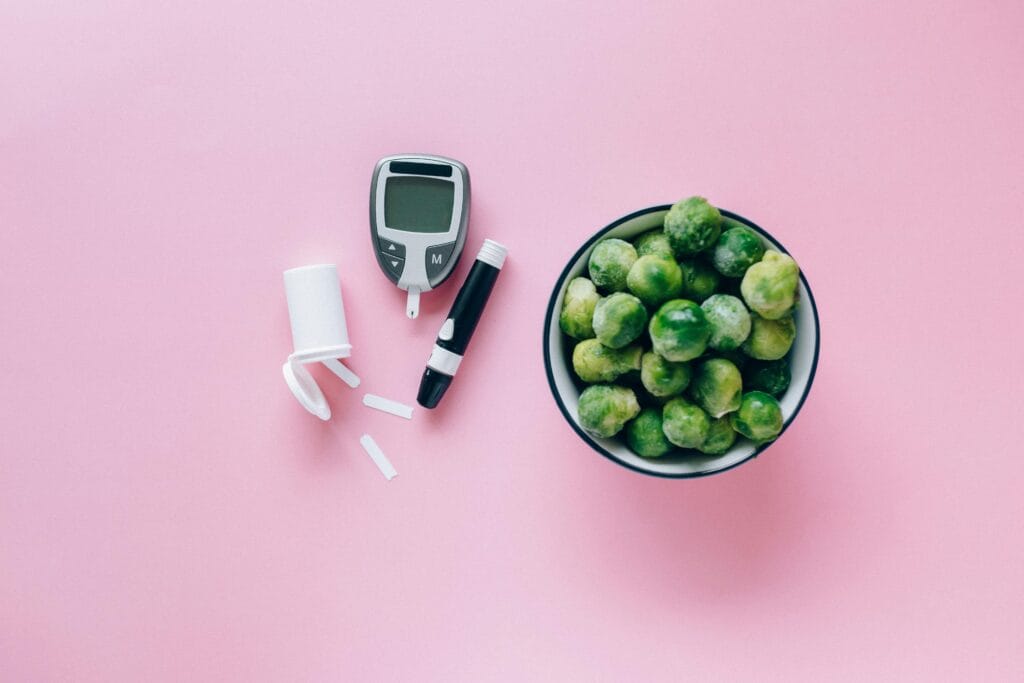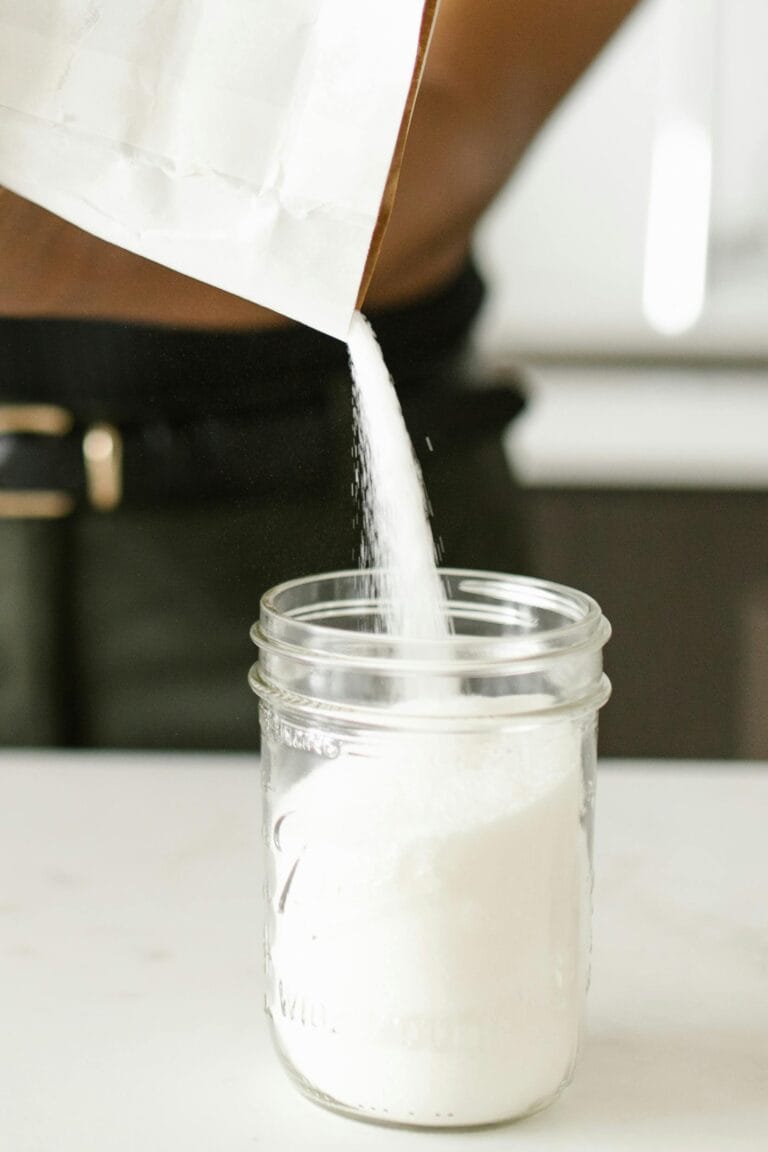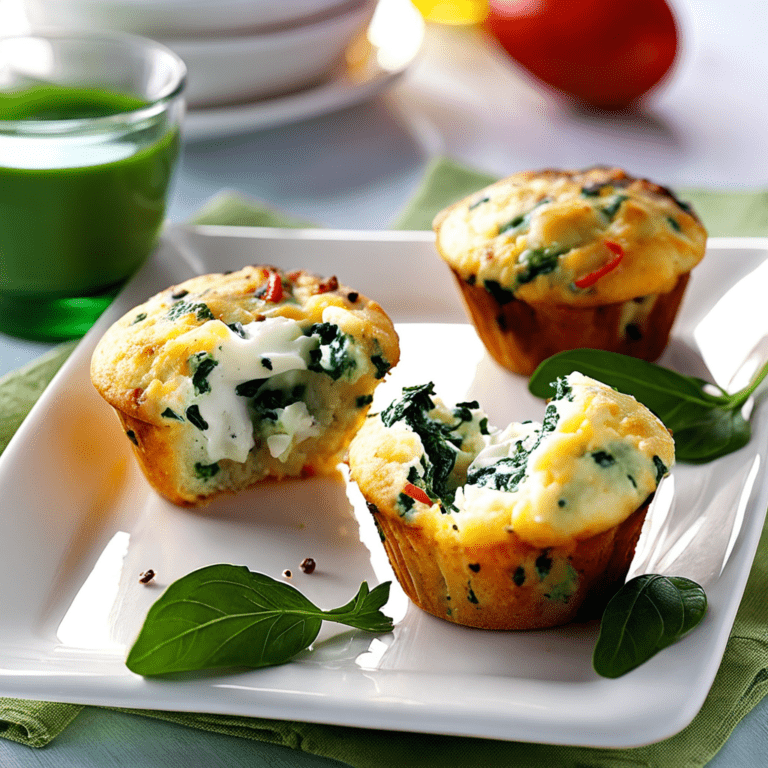FREE SHIPPING OVER $50
Eat These 5 Foods Daily to Naturally Lower Blood Sugar & Boost Insulin Sensitivity

Ever feel like your energy levels are on a rollercoaster? Soaring after a meal, then plummeting, leaving you sluggish and craving more sugar? That’s often your blood sugar at play, and it’s a far more common issue than many people realize. Maintaining stable blood sugar levels is absolutely crucial for sustained energy, managing your weight, and protecting your long-term health. And a big part of that puzzle is your insulin sensitivity.
The good news is, you don’t always need complex solutions. Sometimes, the most powerful tools are already in your kitchen. Today, we’re diving into 5 incredible foods that can act like natural allies, helping to lower blood sugar and boost insulin sensitivity in your body. Get ready to discover how simple additions to your daily plate can make a profound difference!
Understanding Blood Sugar and Insulin Sensitivity
Before we reveal our super-squad of foods, let’s briefly touch on what we’re actually trying to achieve. When you eat food, especially carbohydrates, your body breaks it down into glucose (sugar), which enters your bloodstream. This is your blood sugar.
To move this glucose from your bloodstream into your cells (where it’s used for energy), your pancreas releases a hormone called insulin. Insulin acts like a key, unlocking your cells so glucose can enter.
- Insulin Sensitivity: This is how well your cells respond to insulin. If your cells are “sensitive,” they respond efficiently, taking up glucose easily, which keeps your blood sugar levels stable.
- Insulin Resistance: This happens when your cells start to ignore insulin’s knock. Your pancreas then has to pump out more and more insulin to try and get the job done. Over time, this can lead to chronically high blood sugar, pancreas burnout, and significantly increase your risk for prediabetes and Type 2 diabetes.
5 Foods That Naturally Lower Blood Sugar & Boost Insulin Sensitivity
The beauty of these foods is their accessibility and versatility. You can easily weave them into your daily meals without overhauling your entire diet. Let’s dig in!
1. Cinnamon
This fragrant spice isn’t just for desserts; it’s a true powerhouse for blood sugar management.
- How it works: Research suggests cinnamon can mimic the effects of insulin in the body, helping transport glucose into cells. It may also improve insulin sensitivity, allowing your cells to respond better to the insulin your body produces. Furthermore, cinnamon can slow down the breakdown of carbohydrates in your digestive tract, which helps prevent rapid blood sugar spikes after meals.
- How to incorporate it daily:
- Stir ½ to 1 teaspoon into your morning oatmeal, yogurt, or cottage cheese.
- Add a sprinkle to your coffee or tea.
- Season roasted vegetables like sweet potatoes or carrots.
- Use it in smoothies or sprinkle on fruit like apples or bananas.
2. Berries (Especially Blueberries, Strawberries, Raspberries)
These vibrant, delicious fruits are a fantastic addition to a blood sugar-friendly diet.
- How they work: Berries are packed with fiber and antioxidants, particularly anthocyanins, which give them their rich color. The high fiber content helps slow down sugar absorption, preventing sharp blood sugar spikes. Antioxidants reduce inflammation, which can contribute to insulin resistance. Studies have shown that consuming berries can improve insulin sensitivity and glucose metabolism.
- How to incorporate them daily:
- Add a handful to your breakfast cereal, oatmeal, or Greek yogurt.
- Blend them into your morning smoothie.
- Enjoy them as a natural, low-glycemic snack.
- Toss them into salads for a burst of flavor and nutrition.
3. Leafy Green Vegetables (Spinach, Kale, Swiss Chard, Collard Greens)
These nutritional superstars are truly a cornerstone of any healthy diet, and they’re particularly beneficial for blood sugar control.
- How they work: Leafy greens are incredibly low in carbohydrates and calories but are brimming with fiber and essential micronutrients, especially magnesium. Magnesium plays a vital role in insulin signaling and glucose metabolism. Eating plenty of non-starchy vegetables means you can fill up your plate without significantly impacting your blood sugar, providing bulk and nutrition that aids satiety.
- How to incorporate them daily:
- Make them the base of your lunch or dinner salad.
- Sauté spinach or kale with garlic as a quick, healthy side dish.
- Add a handful or two to your smoothies (you often won’t even taste them!).
- Incorporate them into omelets, scrambles, or soups.
4. Legumes (Beans, Lentils, Chickpeas)
Often overlooked, legumes are a powerhouse combination of fiber and plant-based protein, making them incredibly effective for blood sugar management.
- How they work: The high soluble fiber content in legumes creates a gel-like substance in your gut, which significantly slows down the absorption of carbohydrates, leading to a much gentler and sustained rise in blood sugar. Their protein content further contributes to satiety and helps stabilize blood sugar. Regular consumption of legumes has been linked to improved insulin sensitivity and better long-term blood sugar control.
- How to incorporate them daily:
- Add chickpeas or black beans to your salads for a protein and fiber boost.
- Make lentil soup or a hearty bean chili.
- Use black beans or kidney beans in tacos or burritos.
- Enjoy hummus (made from chickpeas) with vegetable sticks as a snack.
5. Chia Seeds & Flax Seeds
These tiny seeds pack a massive nutrition punch, especially when it comes to blood sugar regulation.
- How they work: Both chia and flax seeds are exceptionally rich in soluble fiber and omega-3 fatty acids. When mixed with liquid, the soluble fiber forms a gel-like consistency, which acts like a barrier in the digestive system, slowing down the conversion of carbohydrates into sugar and its absorption into the bloodstream. The omega-3s possess anti-inflammatory properties, which can help improve insulin sensitivity at a cellular level.
- How to incorporate them daily:
- Make chia seed pudding for a healthy breakfast or snack.
- Stir 1-2 tablespoons of ground flax seeds or chia seeds into your oatmeal or yogurt.
- Add them to smoothies for extra thickness and nutrition.
- Sprinkle them on salads, roasted vegetables, or whole-grain toast.
5 Holistic Strategies for Blood Sugar Control
While incorporating these 5 powerful foods daily is a fantastic step, remember that blood sugar management is part of a larger healthy lifestyle. To truly optimize your blood sugar and boost insulin sensitivity, consider these additional strategies:
- Balance Your Meals: Aim for a plate that includes lean protein, healthy fats, fiber-rich non-starchy vegetables, and complex carbohydrates at most meals.
- Portion Control: Even healthy foods need to be consumed in appropriate portions.
- Stay Hydrated: Drinking plenty of water is essential for overall health and can help your kidneys flush out excess glucose.
- Move Your Body Regularly: Physical activity significantly improves insulin sensitivity. Even a brisk walk after meals can help lower blood sugar.
- Manage Stress: Chronic stress can elevate blood sugar levels by releasing stress hormones. Find healthy ways to cope, like meditation, deep breathing, or spending time in nature.
- Prioritize Quality Sleep: Lack of sleep can impair insulin sensitivity and disrupt hormones that regulate appetite. Aim for 7-9 hours of restful sleep each night.
- Limit Processed Foods and Added Sugars: These are major culprits for blood sugar spikes and insulin resistance. Focus on whole, unprocessed foods as much as possible.
Important Considerations
These 5 foods are incredible tools, but it’s important to remember a few key things:
- They are not a substitute for medication. If you have diabetes or prediabetes, continue to follow your doctor’s recommendations and medication regimen.
- Individual responses vary. What works best for one person might be slightly different for another.
- Consult a professional. If you have ongoing concerns about your blood sugar, insulin sensitivity, or diabetes, always speak with your doctor or a registered dietitian. They can provide personalized advice and guidance.
Take Control of Your Health, One Bite at a Time!
The power to significantly impact your blood sugar and insulin sensitivity lies largely in the choices you make every day. By making simple, intentional decisions to eat these 5 foods daily, you’re empowering your body to function more efficiently, naturally lower blood sugar, and boost insulin sensitivity.
Embrace these nutrition superstars and integrate them into your meals. You’ll not only be treating your taste buds but also making a profound investment in your long-term health and vitality. Start today, and feel the difference that truly healthy eating can make!
Related Articles
- Diabetes Alert: Why Sweet Drinks Are WORSE Than Solid Sweets for Your Blood Sugar (And How to Escape!)
- Cravings OUT! 10 Protein Snacks That INSTANTLY Crush Hunger & Stop Weight Gain
- Unlock Your Leanest Body: 10 Best High-Protein Fish Nutritionists SWAP for Chicken (Game-Changing Meals!)
- Breakfast Game-Changer: This High-Protein Smoothie Bowl Keeps You Full for HOURS (Seriously Delicious!)
- Stop Cravings Cold! The 10 “Clean” Protein Bars That Actually Keep You Full (Trainer Approved!)







